As the first Macs containing Apple Silicon processors began arriving to customers today, reviewers have shared their first impressions of the new MacBook Air, MacBook Pro, and Mac mini. In particular, reviewers praised the M1 chip's ability to deliver excellent performance, thermals, and battery life.
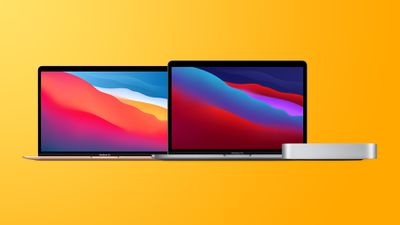
MacBook Air
The Verge's Dieter Bohn remarked that "The MacBook Air with the M1 chip is the most impressive laptop I've used in years."
Forbes's David Phelan described the experience as similar to "every time you switch to a new iPhone with the latest processor - everything seems preposterously fast and responsive."
Bohn noted how well the M1 performs, even when using demanding "pro" apps or using multiple apps at a time:
The MacBook Air performs like a pro-level laptop. It never groans under multiple apps. (I've run well over a dozen at a time.) It handles intensive apps like Photoshop and even video editing apps like Adobe Premiere without complaint. It has never made me think twice about loading up another browser tab or 10 — even in Chrome.
Phelan also noticed a considerable improvement in speed when starting-up the MacBook Air:
One small thing is the way the computer is instant-on, something we're used to from phones and tablets but not so much from computers. This works brilliantly. In fact, I'm mostly just waiting for the Apple Watch or Touch ID to unlock it if I've been away from the laptop for long enough for it to lock.
Bohn found that the MacBook Air appeared to have very good thermals, despite having a passive cooling system with no fan.
The other differences are all on the inside. There's no fan anymore, for one thing, just an aluminum heat spreader. But even when pushing this machine to its absolute limit, I never felt it get more than a little warm.
Bohn said that while the M1 in the MacBook Air did deliver much better battery life, it was not as good as Apple claimed, and did not perform as well as the new MacBook Pro.
I'm getting between eight and 10 hours of real, sustained work depending on how hard I am pushing it. That's not quite 50 percent better than the last MacBook Air, but it's very close... the Pro is consistently getting a couple more hours on a charge
The area most criticized by reviewers was the MacBook Air's camera, which Bohn said was barely improved:
Unfortunately, that similarity extends to the webcam, which is still 720p resolution and still terrible. Apple has tried to borrow some of its real-time image processing from the iPhone to try to spruce up the image — and I do find that it does a better job evenly lighting my face — but mostly what I notice is that it looks bad (only now it's a more processed version of bad).
MacBook Pro
TechCrunch's Matthew Panzarino said that "the M1 MacBook Pro runs smoothly, launching apps so quickly that they're often open before your cursor leaves your dock... Every click is more responsive. Every interaction is immediate." Much like Phelan, he described it as feeling "like an iOS device in all the best ways."
The Verge's Nilay Patel discussed the better thermal design of the MacBook Pro, since it uses an active cooling system with a fan. However, Patel did not notice much of an improvement over the MacBook Air:
The Pro seems to have a better, more effective thermal design than the Air overall: we ran our standard 4K export test in Adobe Premiere Pro several times, and the fan never came on, but export times stayed flat...
It's actually hard to get the fan to turn on in general. Things that instantly light up the fan on an Intel-based 16-inch MacBook Pro, like Google Meet in Chrome, barely register on the M1 MacBook Pro. Unless you are routinely pushing heavy sustained workloads on your laptop, the performance difference between the Air and Pro is really not noticeable.
Patel said that he "easily" got "10 hours on a charge and had to really push things to drain the battery in eight hours". Moreover, much like the MacBook Air, Patel chastised the camera:
We really considered giving these machines 10 out of 10 review scores, but this camera is bad enough to keep that from happening, especially on a pro laptop that costs more than the Air.
Mac mini
The Verge's Chris Welch indicated that M1 chip in the Mac mini was able to perform better due to its improved thermal design:
And since Apple doesn’t have to account for the tight confines of a laptop enclosure with the Mac mini, the M1 chip can hit the very best speeds it’s capable of and sustain them without throttling. Heck, I never even heard the fan spin up during repeated 30-minute Cinebench tests or when transcoding several 4K Blu-ray rips back to back. The mini has stayed silent no matter how hard I work it.
PCMag's John Burek had a similar experience, commenting:
In the course of testing, one big thing we noticed: Through all these benchmarks, pressing the CPU and GPU to their presumptive limits, the Mac mini was whisper quiet... It didn't rev up noticeably at even the peak of a Handbrake conversion grind, or after a series of six consecutive GPU game benchmarks. And the chassis stays remarkably cool throughout. There was no point in external thermal testing because the chassis was barely warm to the touch, anywhere on the surface, even at peak activity.
Burek found that the Mac mini performed better than the MacBook Air and MacBook Pro, but not by a wide margin:
The Mac mini, with its more liberal cooling scheme and extra GPU core, outpaced them both, but all three are in the same rough ballpark.
Yet Welch was disappointed that, in spite of the fact that it is more power-efficient, the M1 chip does not yield a reduction in power usage:
Battery life isn't a factor on the Mac mini, of course, and the M1 mini uses the same 150W power supply as the Intel model, so if there are power efficiency gains, they're not obvious.
He was also downcast about the Mac mini's loss of two Thunderbolt 3 ports:
Apple has gone from four USB-C / Thunderbolt 3 ports to just two — plus the pair of USB-A ports that are still present. Technically, the USB-C ports are more advanced (USB 4), and you can daisy-chain Thunderbolt devices to your heart's content. But there's nothing more convenient than built-in ports, and looking at this objectively, it's a downgrade for the mini's expandability.
Burek downplayed the loss of the two additional Thunderbolt 3 ports on the Mac mini, however:
Is fewer Thunderbolt ports than before a major issue? For most casual users, not really. We'd be hard-pressed to drum up four Thunderbolt 3 peripherals in PC Labs at one time, never mind on our individual desks. If you’re using an HDMI-connected monitor, you have two Thunderbolt/USB-C ports to play with. Also, some Thunderbolt 3-compatible peripherals support daisy chaining, so you aren't necessarily going to feel the pinch if you have more than two devices, depending on what they are.
Welch rebuked the Mac mini's internal speaker, saying that "it's the kind of speaker you'll never, ever want to use."
It's tinny, hollow, and just plain bad; even the macOS Big Sur startup chime sounds embarrassing compared to my thunderous 16-inch MacBook Pro. Considering the speaker advancements Apple has made with its laptops, I wish it would put in some more effort here.
More Reviews
MacBook Air
- Engadget's Devindra Harawar
- The Wall Street Journal's Joanna Stern
- Wired's Julian Chokkattu
MacBook Pro
- TechRadar's Matt Hanson
- Pocket-lint's Stuart Miles
Mac mini
For early unboxings and first impressions, check out our summary, which compiles over a dozen of the latest videos reviews.
The MacBook Air, MacBook Pro, and Mac mini with Apple Silicon are now available for order and in-store pickup.



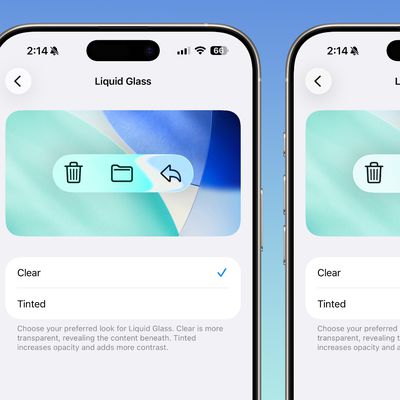
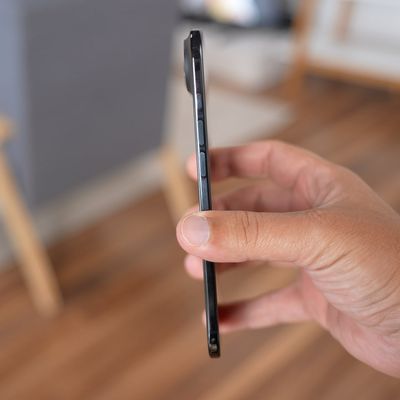





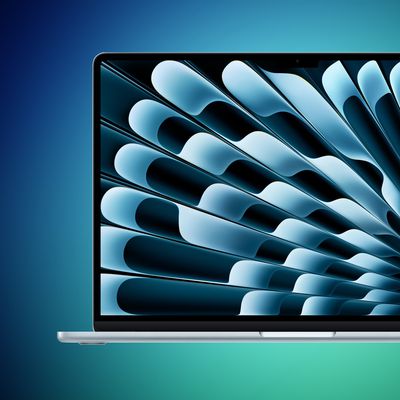










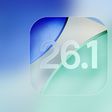



Top Rated Comments
I remember how exciting the Intel switch was in 2006, and this is so much better!
The 2018 Mac Mini draws >65W under full load (based on this post ('https://forums.macrumors.com/threads/mac-mini-2018-power-consumptions.2153977/post-28155751')). The M1 Mac Mini maxed at about 31W in the Anandtech test (based on a chart) with lower 20s more typical under full load. The new Mini uses <55% power with much better performance than the previous generation. This is amazing!
Btw... is there any possibility of spinning this into a negative news? I ask, because I have noticed lot of talent around here.
Battery life ?
Touchbar-less ?
Speed ?
Dedicated emoji key ?
Fanless ?
Camera ?